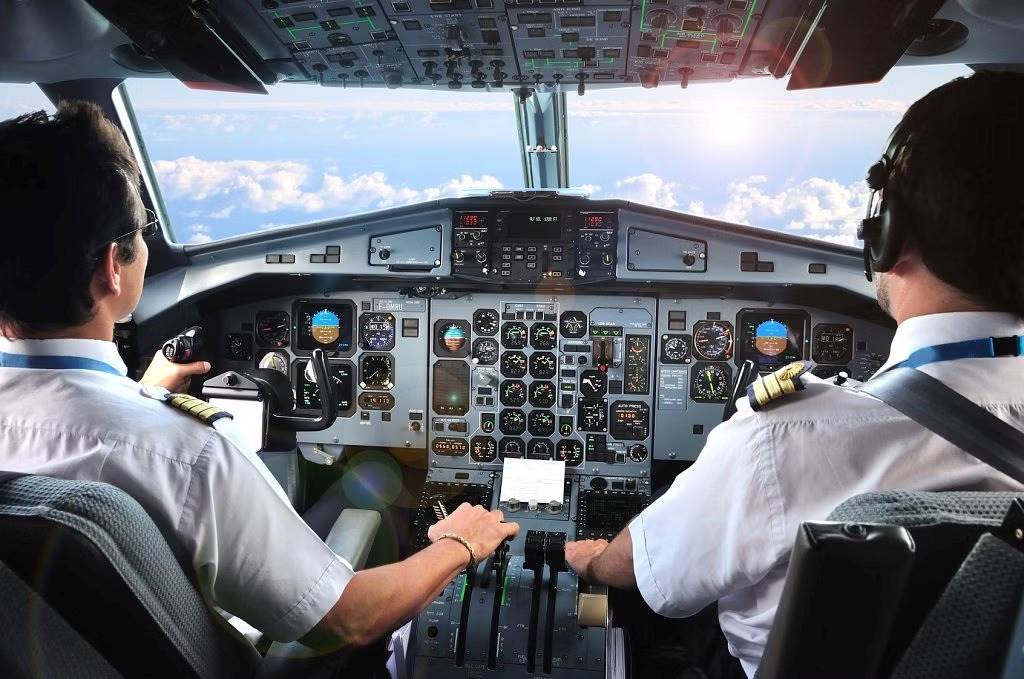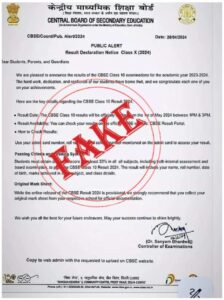New Rules for Pilots: More Rest and Limits on Night Flights

New Rules for Pilots: More Rest and Limits on Night Flights ( Pic For Representational Purpose Only )
The Directorate General of Civil Aviation (DGCA) implemented updated the Flight Duty Time Limitations (FDTL), increasing pilots’ weekly rest hours from 36 to 48. Additionally, the DGCA has reduced the maximum night flight time for pilots in a day to eight hours and limited the maximum landings by a pilot in a day to two.
The aviation industry has been calling for new FDTL regulations from the DGCA since multiple pilots died due to fatigue-related cardiac issues in 2023. The new FDTL norms have been shared with airlines and they will be required to comply with the revised norms by June 1, the DGCA said.
As part of the new norms, the DGCA has also changed the definition of night and it now covers the period of 0000-0600 hours in the revised regulations vis-a-vis the period of 0000-0500 hours under the previous regulations.
This enhancement of one hour during the early morning will ensure adequate rest and also align the night duty period, which encompasses Window of Circadian Low (WOCL) from 0200-0600 hours, the time during which the circadian body clock cycle is at its lowest in terms of alertness, the statement said.
Also, the revised regulations have taken into consideration different types of operations across time zones, the statement said, adding that the maximum flight time and maximum flight duty period for flight operations encroaching night have been restricted to eight hours’ flight time and 10 hours flight duty period, respectively.
The number of landings has been limited to only two as against the maximum permissible six under previous regulations during night operations, thus enhancing flight safety, it added.
The revised FDTL regulations have been formulated after extensive data analysis and feedback from various stakeholders, including airline operators, pilot associations and individuals, the DGCA said.
The DGCA has also taken into consideration the best practices in the world — FAA in the US, and EASA in the European Union — while amending the regulations and looking at the specific operating environment in India.









